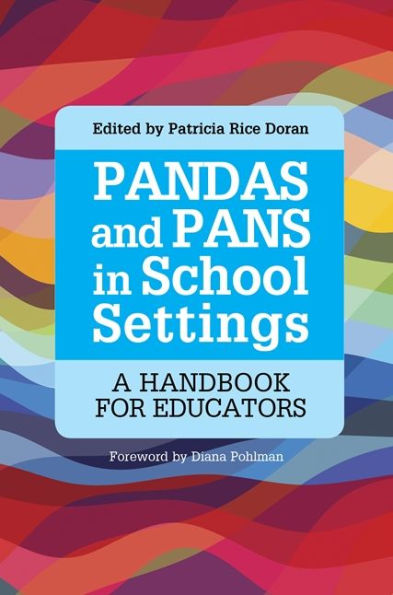Table of Contents
Dedication. Acknowledgements. Foreword. Introduction. 1. What are PANDAS and PANS, and Why Do Educators Need to Know? Patricia Rice Doran, Ed.D., Assistant Professor of Special Education, Towson University, Maryland, USA. 2. Parent and Family Voices: Perspectives on PANDAS/PANS. Sarah Alleman, Wendy Nawara, Amy Corselius and Anonymous. Edited by Patricia Rice Doran. 3. Education Professionals' Voices: Perspectives on PANDAS/PANS. Megan DeRitter, M.Ed., Instructional Guide, Monarch Academy, Glen Burnie, MD, Mary Crombez, M.Ed., Laura Cook, LSW and Melissa Giampietro. 4. Medical History and Context of PANDAS and PANS. Margo Thienemann, M.D., Clinical Professor of Psychiatry, Stanford University School of Medicine, USA. 5. PANDAS/PANS in the General Education Classroom: Creating a Brain-Friendly Learning Environment. Darlene Fewster, Associate Professor of Special Education, Towson University and Patricia Rice Doran. 6. Collaborative Planning for Students with PANDAS and PANS. Patricia Rice Doran. 7. Academic Accommodations and Supports for Students with PANDAS/PANS. Amy Mazur, Ed.D., Retired Professor of Special Education, The George Washington University, Washington D.C., USA. 8. Sensory and Motor Considerations for Children with PANDAS/PANS. Janice Tona, Ph.D., OTR, Clinical Assistant Professor of Rehabilitation Science, The University of Buffalo-SUNY, USA. 9. Emotional and Behavioral Impact: Considerations for Planning and Practice. Kandace M. Hoppin, Ed.D., Assistant Professor of Special Education, Towson University. 10. Transition Considerations for Students with PANDAS/PANS. Kathleen Stein, Ph.D., Associate Professor of Special Education, Towson University. Afterword. Reimagining School Paradigms: What PANDAS/PANS Can Teach Us. Patricia Rice Doran. Appendices. Appendix A: Sample Physician Letter. Appendix B: PANDAS and PANS: Quick Facts for Teachers. Index.



